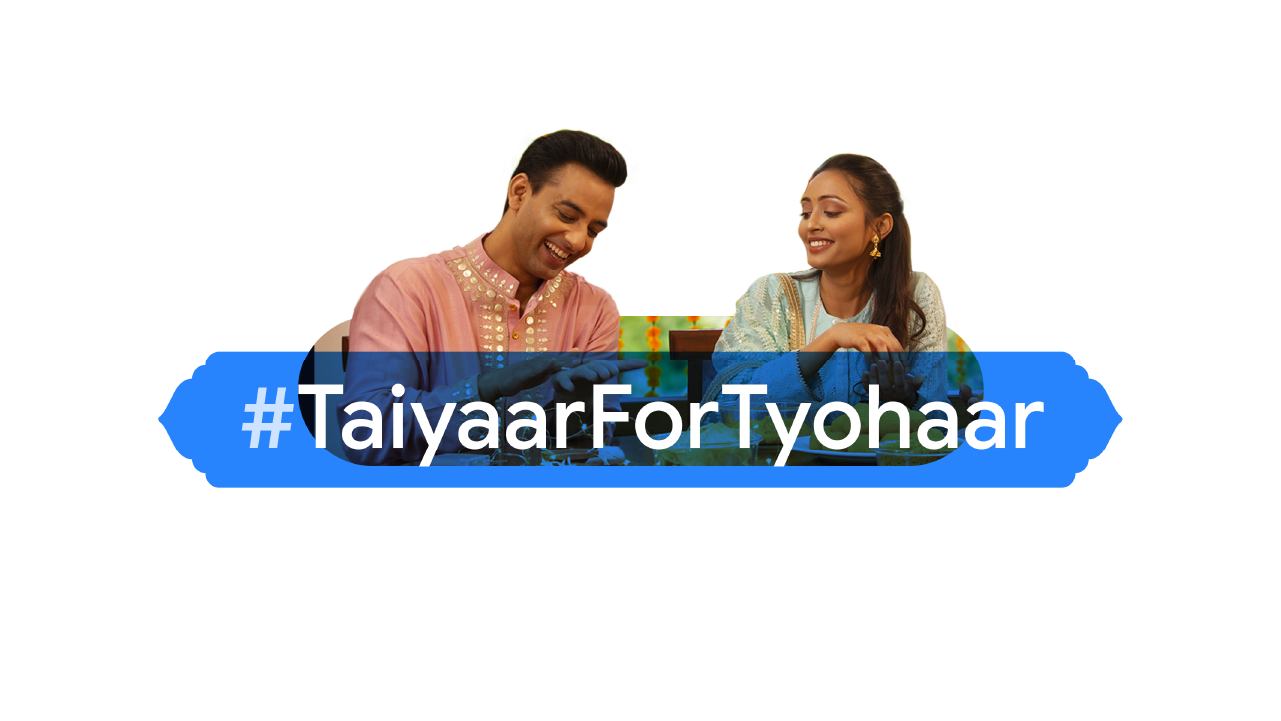- In an age of rising consumer expectations, brands and advertisers have to compete to earn—and hold—consumers’ attention.
- Technologies like virtual reality (VR) create immersive environments and provide engaging experiences for users.
- VR is on the rise in India: The market is expected to grow by 76% over the next five years.
- Indian brands Flipkart and Mahindra Racing have used Google’s VR360 technology to create immersive media ads with impressive results.
In today’s cluttered media landscape, user attention is in short supply. As consumers spend more and more time across screens and devices, brands have to compete for their attention with innovative new ad formats and personalized creative. But in a world where ads are skippable, advertisers need to create compelling stories that are memorable, impactful, and engaging.
The best way to go about creating immersive creative? Choose the right medium. Imagine watching a groundbreaking 3D film in 2D. The depth and intricacies of the lush environments would be completely lost, resulting in a far less engaging experience for viewers. That’s why marketers are turning to new technologies like VR to capture users’ attention and envelope them in a world where they don’t just watch an ad but experience the brand.
Transporting consumers with immersive media ads
Marketers in India have long viewed VR as complex or unattainable, but in India, the future of VR seems bright: The market is expected to grow by 76% over the next five years.1 As hardware and content continue to improve, so will demand from the country’s business and consumer sectors. Because of this, marketers are starting to see the potential of immersive media ads and their ability to drive results.
For example, Flipkart, one of the nation’s top e-commerce brands, partnered with Google to create a TrueView in-stream ad with state-of-the-art VR360 equipment in an effort to reach consumers on their mobile devices. The resulting ad netted nearly 10 million views with 65% audience retention.
“This VR360 project combined the power of music, the delight of innovation, the reach of mobile, and the results of advertising. The results of this project—from retention rates to brand lift—far surpassed our expectations, reinforcing our belief in the value of content marketing,” said Shoumyan Biswas, vice president of marketing at Flipkart.
Earning more than 30 million views with 66% audience retention and a 61% view-through rate, performance racing company Mahindra Racing also used VR360 technology to create an immersive ad that drove attention, adrenaline, and excitement around the Formula E race in Marrakech.
“In today's world it is critical to innovate in order to break through the clutter and create impact, thus we keep looking for new and disruptive ways to engage our fans. Google Daydream’s 360-degree capabilities and Gul Panag's Tittar Lodge Productions have helped us in telling a unique, visually impactful story for Mahindra Racing. We sought out the right partners with a shared passion for disruptive innovation and we are confident that this clutter-breaking content will appeal to a larger global audience apart from, of course, motorsport fans,” said Vivek Nayer, chief marketing officer, group corporate brand at Mahindra & Mahindra, the parent company of Mahindra Racing.
The future of brand storytelling in India
For content creators in India, the potential of VR and immersive media ads is immense, enabling brands to experiment and redefine storytelling while driving tangible results. And the ability to access the technology is no longer a pipe dream: Marketers can sign up for VR for Brands for resources, including VR equipment, training, and post-production support. By striking while the iron’s hot, savvy brands can establish themselves at the forefront of the VR revolution and deliver fresh, innovative experiences to today’s increasingly hard-to-engage consumers.







